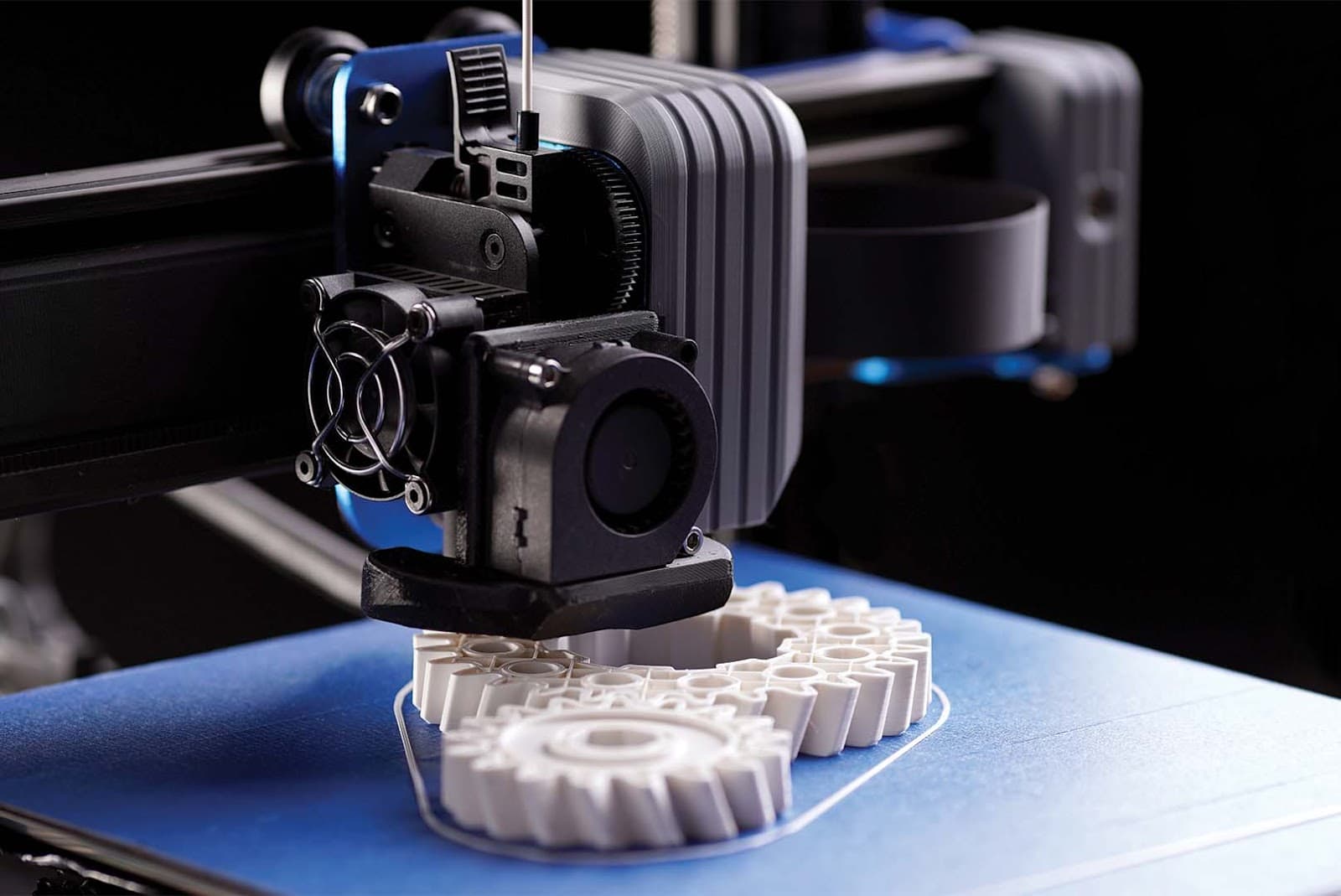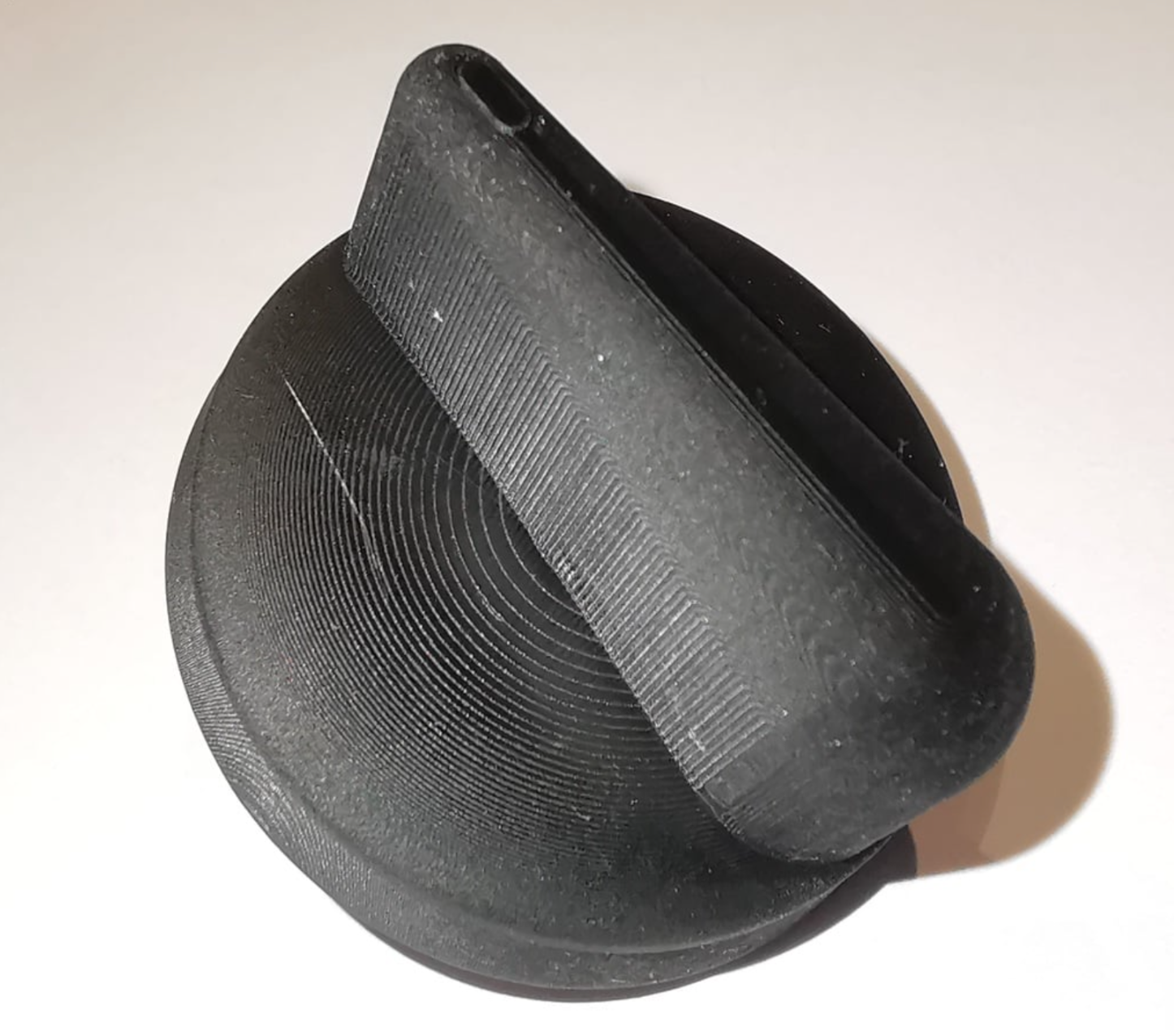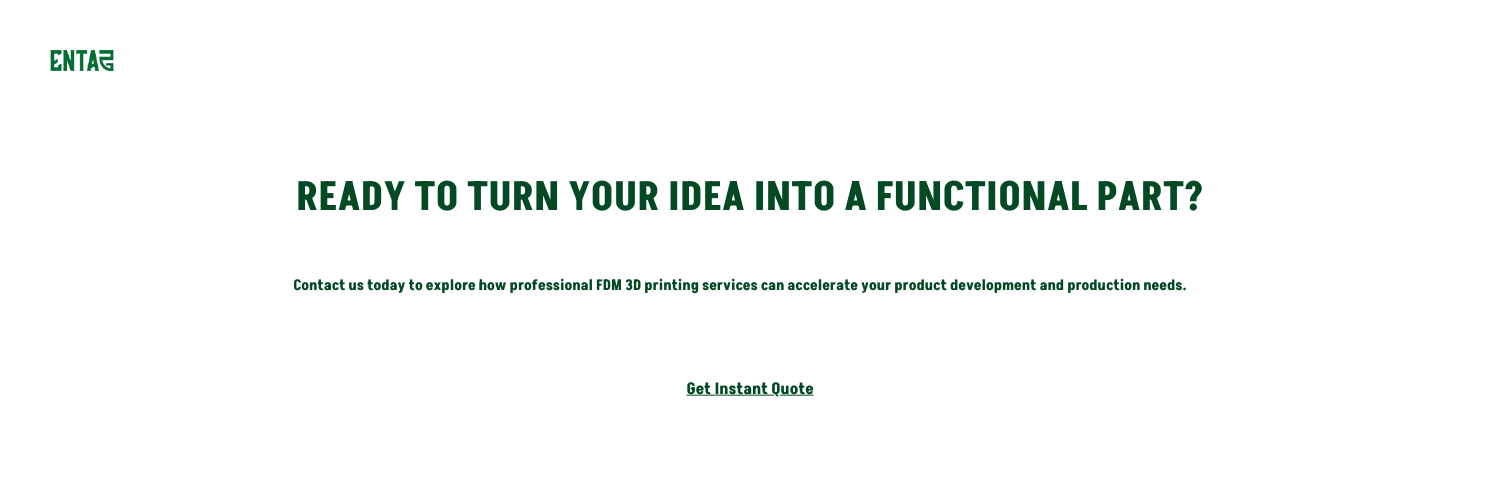Discover how fused deposition modeling (FDM) 3D printing delivers cost-effective, rapid prototyping and end-use parts across industries. Learn applications, challenges, and real-world results.

Fused deposition modeling (FDM) is one of the most widely used additive manufacturing technologies today. Once seen mainly as a prototyping tool, FDM has evolved into a reliable method for producing small-batch and even end-use parts. By building components layer by layer with thermoplastic filaments, FDM enables manufacturers to move from idea to functional product quickly and affordably. Whether you’re an engineer testing a design or a manufacturer producing custom runs, FDM offers flexibility, material variety, and cost savings.
FDM, or fused deposition modeling 3D printing, is a process where a heated nozzle extrudes thermoplastic material layer by layer until a complete part is formed.
Key points:
FDM 3D printers have become more advanced, offering higher precision and a broader range of compatible filaments. For businesses, this makes FDM not just a design tool but also a production-ready technology.
The Challenge:
A leading home appliance manufacturer needed a fast way to prototype custom knobs and enclosures for a new kitchen product line. Traditional machining was too costly for quick design iterations.
Our Solution:
We used a fleet of FDM 3D printers with engineering-grade ABS filaments to create multiple iterations of the design. By optimizing infill density and layer orientation, the prototypes closely matched the final injection-molded strength and appearance.
The Result:
Within three weeks, the client had functional prototypes tested in real appliances. This reduced their design cycle by 60% and allowed the product to reach the market four months earlier.

Challenge: Layer Adhesion
FDM parts can be weak along the Z-axis if not properly printed.
Our Solution: We optimize print parameters and use advanced filaments to ensure strong inter-layer bonding and consistent part strength.
Challenge: Surface Finish
FDM parts often show visible layer lines.
Our Solution: We apply post-processing techniques such as sanding, vapor smoothing, and coating to deliver smooth, finished surfaces.
Challenge: Dimensional Accuracy
Thermoplastics can warp during cooling, leading to tolerance issues.
Our Solution: Heated chambers, proper support structures, and controlled print environments eliminate warping and deliver accurate dimensions.
Q: What is the best FDM 3D printer for professional use?
A: Industrial-grade machines such as Stratasys F900 or Ultimaker S5 deliver high precision, consistency, and material versatility.
Q: Can FDM 3D printing be used for end-use parts?
A: Yes. With engineering-grade filaments and proper print settings, FDM can produce durable, functional parts for production.
Q: How strong are FDM parts compared to injection molding?
A: While injection molding still offers superior consistency, FDM parts with optimized infill and reinforced filaments can achieve comparable strength for many applications.
Q: What filaments are most commonly used in FDM?
A: PLA for general prototyping, ABS for durability, PETG for chemical resistance, and nylon or composites for high-performance applications.
Q: How fast is FDM 3D printing?
A: Print time depends on part size and layer height. Small prototypes may take a few hours, while larger, high-resolution parts may require more than a day.
Fused deposition modeling 3D printing is no longer just about simple prototypes. With the right expertise, it delivers reliable, accurate, and functional components for industries ranging from security to medical to consumer goods. By understanding its challenges—and applying proven solutions—manufacturers can fully unlock the value of FDM.
